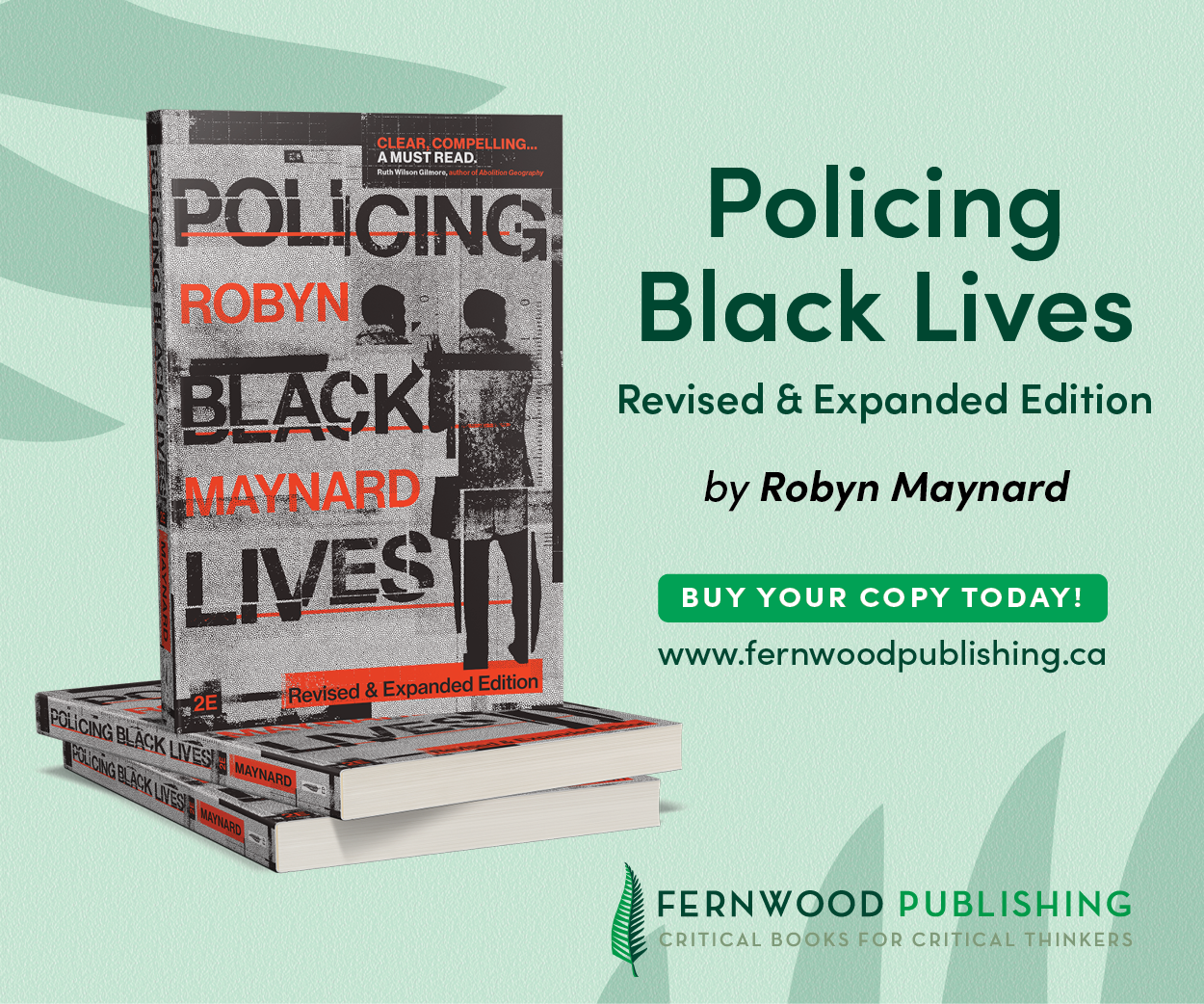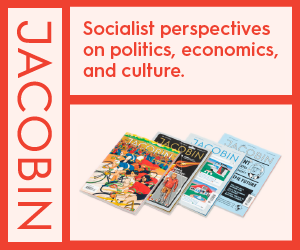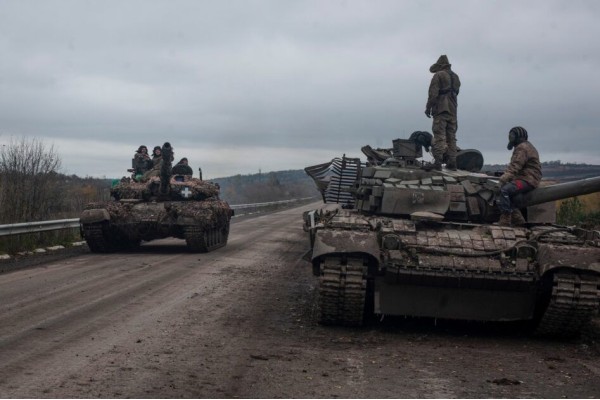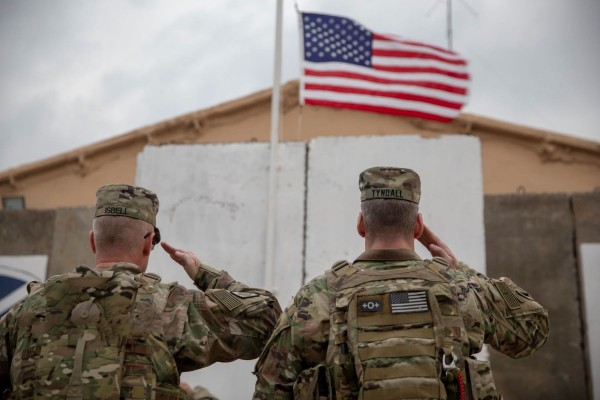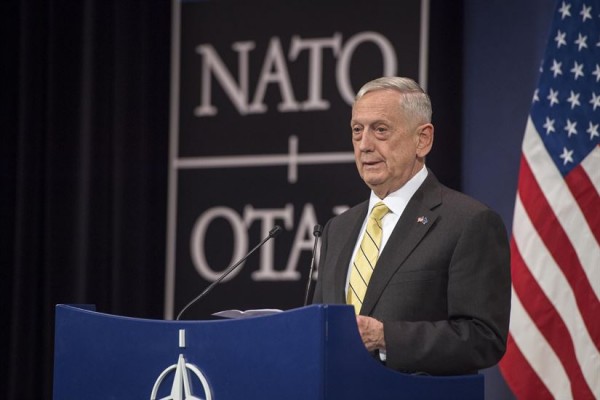On Ukraine-Russia, don’t let war fever consume us
The crisis is at a critical point—our task is to keep the big picture in mind

Ukrainian military unit stands guard, May 2016. Photo courtesy the Ministry of Defense of Ukraine/Flickr.
War is in the air. As most everybody knows by now, Russia has assembled a formidable force at various locations near Ukraine’s borders. Satellite images of military equipment and amateur video of lines of tanks convey the menace. Diplomats are talking but some are also withdrawing from the Ukrainian capital. Few are neutral or nuanced about the crisis. Most in the West blame Russian President Vladimir Putin. These explanations take various forms. Some are psychological analyses of Putin’s state of mind. “Putin is pissed” is the bottom-line conclusion of Fiona Hill, a former US intelligence analyst and Trump administration official. Others are ideological. “Ukrainian democracy today, not Ukrainian membership in NATO in some distant future, is the real threat to Putin,” according to Michael McFaul, Stanford Professor and former Obama administration official. This argument has a scaled-up version: Putin is challenging the whole post-Cold War security architecture of Europe, the liberal international order created by the US and its allies.
There are also explanations that take seriously what the Russian leader has said, both recently and, well, for years. Remember his 2007 Munich Security Conference speech? “One state and, of course, first and foremost the United States, has overstepped its national borders in every way. This is visible in the economic, political, cultural and educational policies it imposes on other nations. Well, who likes this? Who is happy about this?” Certainly not Putin’s Russia. A year later, after explicitly stating that Georgia and Ukraine joining NATO crossed a security redline for Russia, the alliance nonetheless declared in Bucharest that “these countries will become members of NATO.” It added to the humiliation that Putin was a guest at this NATO meeting. He made his displeasure known, first in person and later that year in waging war after Georgia’s leadership miscalculated in South Ossetia. To Putin, the weak are always beaten. Russia was not going to be weak. Thus, when Ukrainian protestors overthrew the country’s democratically elected president in March 2014, he seized Crimea and propped up pro-Russian insurgents in the Donbas. Putin’s actions make sense to political realists in the US: great powers always seek to shape and check the expansion of rival military alliances in their neighbourhood (just as the US did and does in Latin America). Restating this argument recently Stephen Walt writes that “the liberal architects of enlargement simply could not grasp this. It was a monumental failure of empathy with profound strategic consequences.”
Both the dominant liberal Atlanticist and minority realist counterargument on the Ukraine crisis tend not only toward monocausal explanation but fixation on the scale of great power politics. We need to think about geopolitics, however, in more expansive ways, by paying attention to the historic ties and entanglements that constitute places and regions, not to mention the emotions at play about these places. The contemporary Ukraine crisis is not one conflict but three intertwined conflicts. The first is the struggle within post-Soviet Ukraine over the dominant national idea. Russia is pivotal in this contest in that it is the Other to an exclusivist conception of Ukrainian identity, the colonial power to be rejected, but a Brother within a more inclusivist and Soviet vision. It is perhaps glib to describe this as a conflict between nationalists and loyalists but this shorthand has some merit.
The second is the conflict between the states of Ukraine and Russia over territories that were historically part of the Tsarist empire, and contained large ethnic Russian Ukrainian populations. Unlike somewhat similar territories in Azerbaijan, Moldova, Georgia, Croatia, Bosnia and Serbia, these territories did not break from the post-Soviet Ukrainian state. The failure of that state, however, to create a well-functioning and prosperous economic model for its citizens left the question of state legitimacy lingering for some, especially those who knew better times in the Soviet Union.
The third conflict is the one we hear about most, that between an expansionist Euro-Atlantic civilizational bloc and Russia as the site of an alternative bloc. In many ways this features a clash between two forms of civilizational nationalism. Russia sees itself as the anchor of a larger Russian World and a protector of Russian, and Russian-speaking compatriot peoples. The United States, or at least the currently dominant tradition within US geopolitical culture, sees itself as Atlas holding up the Free World. What is important to understand is that these three conflicts are now thoroughly entangled in each other. On the Maidan in Kyiv in the Spring of 2014, protestors waved Ukrainian and European Union flags while others toppled Lenin statues, with NATO flags in their midst. As far as these protestors were concerned Ukraine was making a ‘civilizational choice’ and that choice was to reject the Soviet past, the Russian empire and, in the process, millions of their fellow citizens. With a major security stake in the outcome, Russia reacted by breaking the territorial template of Ukraine, that put together by Stalin using extant and conquered territories from neighbouring states after the Great Patriotic War. We know the results.
It goes without saying that these issues involve deeply rooted emotions and contested memory. The realist explanation of the Ukraine crisis tends to put this aside in favour of rational parsimonious explanation. In doing so, it can miss a lot. Up close, encroachment is experienced in a highly affective manner. Here explanations that focus on emotional actors, including those that centre on Putin and his psychological disposition, have value. These can easily degenerate into caricature—“Putin is angry”—but they need not do so if there is, as Walt hints at, an empathetic stretch toward the world as it looks through the eyes of a Russian leader. Doing that right, practicing strategic empathy, however, requires interrogating our geopolitical culture and its dominant conceits.
The West, it is said quite frequently today, is embattled by its own struggles over health care policy, democratic procedures and climate change. Yes, there is something else in the air these days: a deadly virus and alarming levels of greenhouse gases. Those other material realities, those immediate emergencies, impel us more than ever to question our inherited geopolitical conceits. The Ukraine crisis may get worse before it gets better. Our task today is to keep the larger planetary context in mind and not let war fever consume us.
Gerard Toal is a Professor in the School of Public and International Affairs at Virginia Tech, and author of Near Abroad: Putin, the West and the Contest for Ukraine and the Caucasus (Oxford University Press, 2017). His forthcoming book is Oceans Rise Empires Fall: Geopolitics on an Earth in Crisis.


